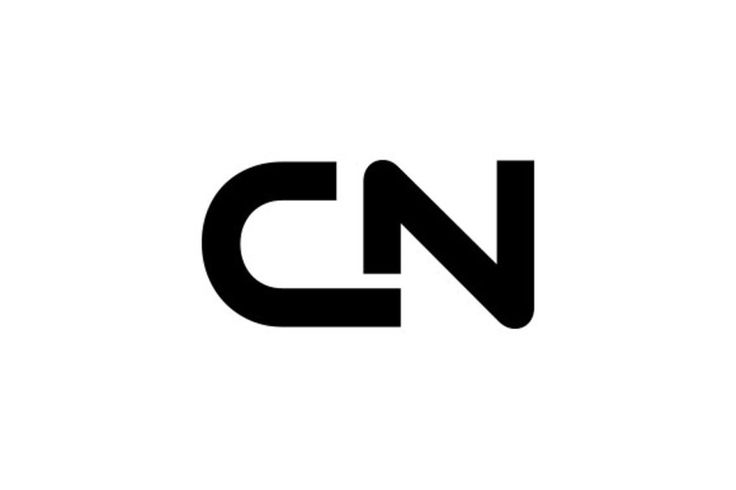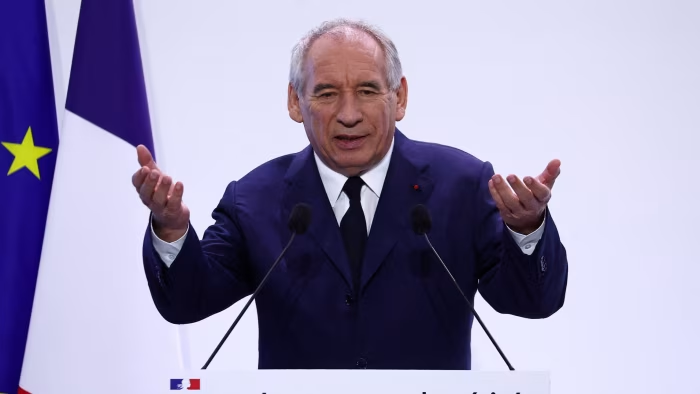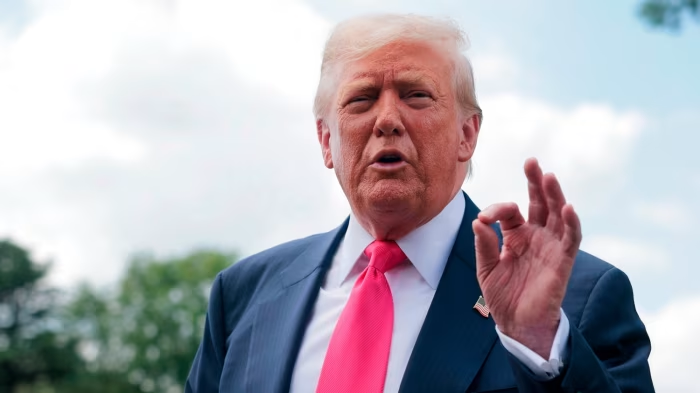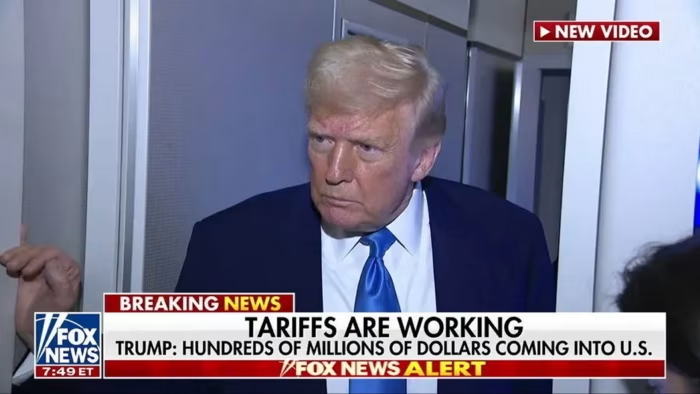📰 US Trade Strategy Tightens Ahead of Resurgent Tariff Threat
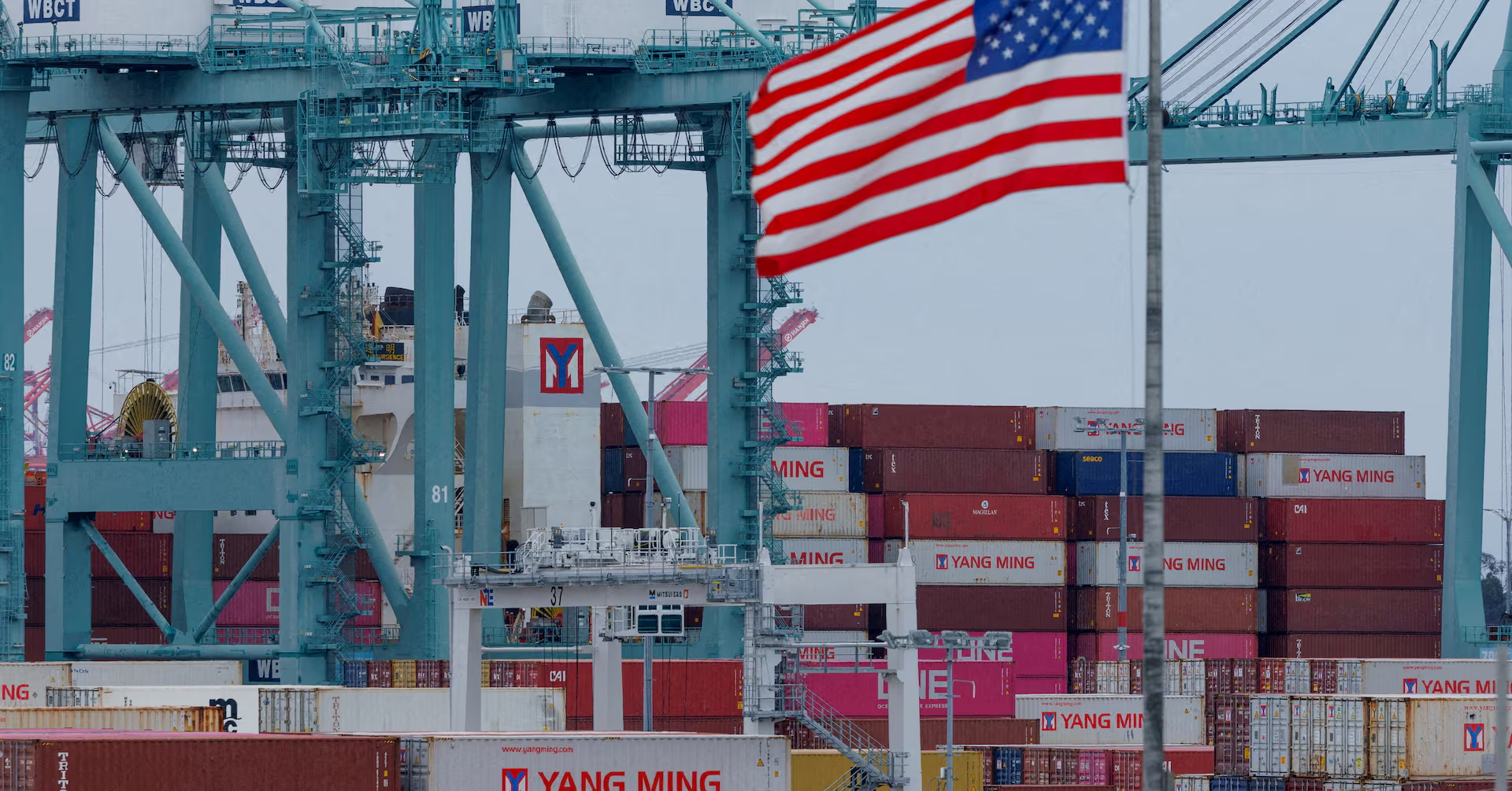
As July 9, 2025 approaches, the Biden–Trump tariff saga enters a critical new phase. With the deadline looming for the possible reimposition of steep reciprocal tariffs, U.S. trade negotiators have recalibrated their approach—setting aside earlier ambitions for sweeping trade deals in favor of more targeted, sectoral agreements.
1. From Grand Vision to Tactical Moves
In early April, President Trump suspended a proposed series of “reciprocal” tariffs, threatening a wide swath of imports unless up to 90 new trade deals were struck within 90 days. Now, that grand blueprint is being pruned. Instead, U.S. officials are seeking “agreements in principle” on select contentious items—such as auto parts, steel, and pharmaceuticals—with only a few partner nations.
2. Why the Shift?
Several intertwined factors have driven this abrupt pivot:
- Deadline Pressure: With just days until July 9, time is running out. Officials are racing to secure small, incremental wins to delay or avoid the harshest tariffs.
- Legal Undercurrents: Courts have ruled portions of the reciprocal tariff program unlawful, sowing uncertainty over its long-term viability .
- Market Sensitivity: Investors have responded sharply to trade news, with global equities lately surging on hopes of partial agreements—especially between the U.S. and China—while tariffs bite into sectors like autos.
3. Deals In Play
- United Kingdom: Secured a limited “quasi-pact”—including a lower tariff quota for autos and carve-outs for pharmaceuticals and aerospace—though a base 10% tariff remains for now .
- China: Teamed up in a tentative freeze on rare-earths disputes, boosting market morale, but deeper negotiations are still ongoing .
- Japan: Talks have hit turbulence, particularly over rice imports and auto tariffs. Trump has publicly criticized Japan’s import behavior and openly threatened new duties unless they come to the table.
- EU, India & More: The administration is engaging with roughly 18 partners. Several are making overtures, including the EU’s readiness to consider a 10% tariff threshold in exchange for U.S. sectoral concessions.
4. The Balancing Act
This “twin-track” policy combines:
- Negotiation leverage through the threat of reinstating high tariffs (some up to 50%) on imports.
- Incremental deal-building aimed at avoiding worst-case outcomes for key partners.
Treasury Secretary Scott Bessent emphasized that while broader tariffs are paused, they remain firmly on the table beyond July 9—invocation depends solely on presidential discretion.
5. Market & Political Implications
- Market volatility remains a risk. Investors may cheer over incremental wins, but a hard July 9 tariff reinstatement could jolt markets—as seen earlier this year .
- Business uncertainty grows amid unclear tariff settings and unknowable sectoral scope. Companies face challenges planning supply chains, pricing, and investments without clarity on July’s policies.
- Diplomatic strain: Partners like Japan and the EU are frustrated by the lack of transparency and shifting targets. While some relief is possible, lingering tensions may hinder deeper economic cooperation.
🗣️ What Comes Next?
- Deal Deadline Drama: Watch for late-stage “agreements in principle” before July 9. These could set, delay, or reshape tariffs in critical industries like automobiles, aerospace, steel, and pharmaceuticals.
- Deadline Flexibility: Trump has publicly stated he might extend the deadline—though no formal announcements have been made.
- Sectoral Tariffs: Even if reciprocal tariffs are paused again, Section 232 investigations into products like aerospace parts, critical minerals, and pharmaceuticals could yield fresh duties later.
📅 Rough Timeline
| Date | Event |
|---|---|
| April 2 | Reciprocal tariffs suspended for 90 days; broad deal ambitions floated |
| June | Court challenges undermine tariff authority; narrow deals announced |
| July 1 | Deadline nears—top officials pushing partners for last-minute agreements |
| July 9 | Potential reinstatement of reciprocal tariffs or deadline shuffling |
⚙️ Why It Matters
- Exporters: U.S. auto, steel, aerospace, and pharmaceutical sectors stand to gain or lose based on deal outcomes.
- Consumers: Tariff-induced price hikes remain a looming possibility, depending on policy direction.
- Global Trade Health: Continued uncertainty may inhibit further trade liberalization efforts, dampening investment and economic confidence worldwide.
🧭 In Summary
The U.S. is pivoting from broad trade visions to tactical, sector-focused dealmaking, with the July 9 tariff deadline serving as the crucible. Markets and governments are on alert—awaiting whether deals materialize, tariffs snap back, or the White House opts for an eleventh-hour reprieve. For businesses and traders alike, this is a make‑or‑break moment in shaping global trade dynamics.
